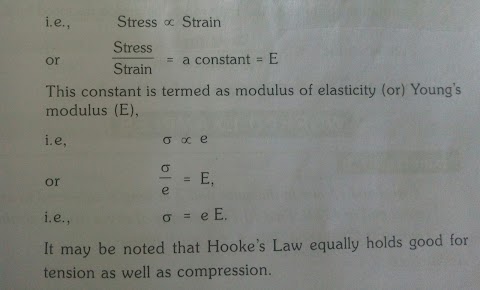Electric current
OHM'S LAW
Ohm's law:
"George simon ohm" in the year 1826, on the basic of results of experiments, has formulated one of the most important law of electricity. This lie is named after him and is known as ohm's law. " this Law gives the relationship between the applied potential difference across the conductor and the resulting current through it".
Statement of ohm's law:
The temperature remains constant the current passing through a conductor is directly proportional to the applied voltage across the same conductor.
(Or)
The temperature of a conductor is kept constant then the ratio of potential difference between two ends of a conductor to the resulting current the conductor is constant.
By using symbols the ohm's law may be represented mathematically.
If 'v'denoted the potential difference between the two points in " volts" and "I" denoted the resulting current in "ampere".
Current is directly proportional to applied voltage.
V
- = constant
I
V
- = R
I
I- the current passing through the conductor in amps
V- be the voltage across the conductor in volts
R- be resistance of the conductor in ohm's
Importance of Ohm's Law: the ohm's law cannot be applied and it is having certain limitations namely
1) Ohm's law cannot be applied to the vacuum and gas field device and thermionic device because there are not linear device.
2) it cannot be applied to semiconducting device which are known to be e non linear device.
3) it cannot be applied to arcing device.
4) Ohm's law cannot be applied to those electrolytes in which gas are liberated on the electrodes.
5) it cannot be applied to those conductors whose temperature change due to the flow of current through them.




Post a Comment
0 Comments